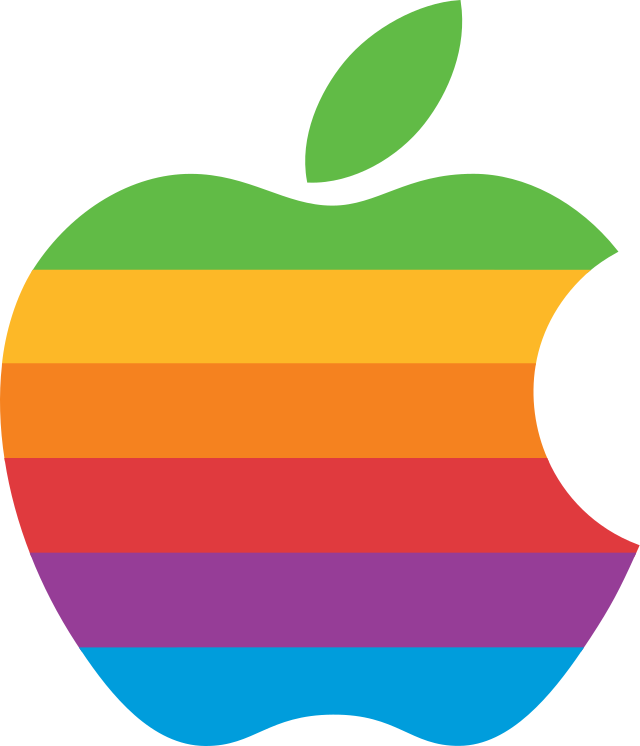PARIS — According to a French government monitoring organisation, the iPhone 12 generates excessive amounts of electromagnetic radiation, hence Apple has been forced to remove it from the French market.
In a statement on Tuesday, the National Frequency Agency, which regulates radio-electric frequencies and public exposure to electromagnetic radiation, urged Apple to “implement all available means to rapidly fix this malfunction” for phones that are currently in use.
The French regulator stated that the agency will watch any corrective upgrades to the iPhone 12 and that if they are unsuccessful, “Apple will have to recall” any units that have already been sold.
Apple refuted the findings and insisted that the gadget conforms with all radiation-related laws.
The organisation, whose name is ANFR in French, claimed to have recently examined 141 handsets, including the iPhone 12, for electromagnetic radiation that might be absorbed by the human body.
It claimed that during tests of a phone in a hand or pocket, a level of electromagnetic radiation absorption of 5.74 watts per kilogramme was discovered, above the standard set by the European Union of 4 watts per kilogramme.
The organisation said that the iPhone 12 passed the test when radiation exposure levels for a phone carried in a bag or a garment were evaluated.
According to Apple, the iPhone 12, which debuted in late 2020, has received certification from a number of foreign organisations and conforms with all applicable radiation laws and norms worldwide.
The American tech corporation claimed to have given the French government many lab findings from both internal and outside laboratories demonstrating the phone’s compliance.
French Minister for Digital Affairs Jean-Noel Barrot stated on France Info radio that the National Frequency Agency “is in charge of controlling our phones, which, as there are software updates, may emit a little more or a little less electromagnetic waves.”
However, they are “significantly lower than levels where scientific studies consider there may be consequences for users,” he said, adding that the radiation levels of the iPhone 12 are “slightly higher” than the requirements. However, the law is the law.
The cancer research branch of the World Health Organisation has classified cellphones as “possible” carcinogens, placing them in the same category as coffee, diesel fumes, and the chemical DDT. Unlike harsher forms of radiation like X-rays, the radiation from smartphones cannot harm DNA directly.
Despite two U.S. government studies published in 2018 that exposed mice and rats to mobile radiation finding a tenuous connection to some cardiac tumours, federal regulators and experts maintained that the usage of the devices was safe. Scientists said that neither the findings for animals nor the concerns for humans were reflective of how most people use their telephones.
A 2010 review in 13 nations indicated minimal to no risk of brain tumours, making it one of the broadest studies on the possible risks of mobile use.
Since the first studies were conducted, people’s mobile phone usage patterns have also evolved significantly, making it uncertain whether the findings from earlier studies still hold true today.
Experts think it’s tough to infer that smartphones have no long-term health hazards because many tumours take years to grow. In order to reduce their exposure to cellphone radiation, experts advise using earbuds or switching to texting.
Also Read :
